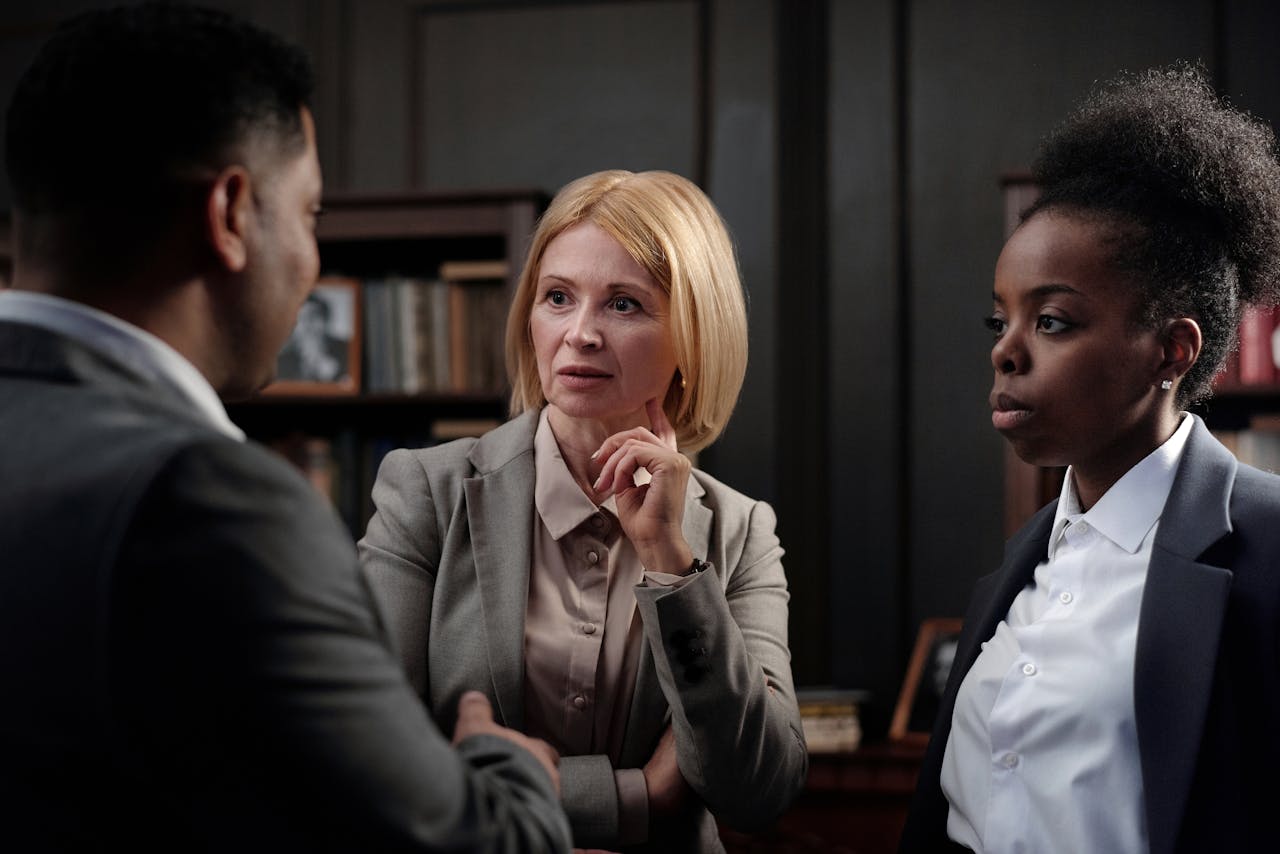First Impressions Count – So Don’t Waste Yours
Let’s be honest—people decide whether to read your blog post in the blink of an eye. Like, they’re barely done clicking the link before they’re already thinking, “Is this worth my time?” And that’s why your intro matters way more than we usually admit.
You’ve got to hook them. Not with gimmicks or clickbait, but with something that *feels*. Maybe it’s a question they’ve been secretly asking themselves. Maybe it’s a pain point you’ve been through too. Or maybe it’s just a sentence that makes them think, “Whoa, same.”
In a way, a good intro is less about writing and more about connecting. Make it clear why they should care. Give them a little glimpse of what they’re about to get. And do it in a tone that’s real, not robotic. That first paragraph? It’s your handshake, your smile, your “hey, I see you.” Don’t waste it.
The Middle: Where You Actually Say Something That Matters
This is the part where you earn their trust. Your reader’s still here (yay!)—so give them what you promised, but in a way that feels layered, intentional, and hopefully even a bit personal.
Break things down. Use headings that don’t just say “Tip #1” but actually tell them something useful. Dive into your points with clarity, but don’t be afraid to wander a bit—tell a story, admit a mistake, share a weird little detail. That’s the stuff people remember.
If you’ve got data or research, awesome. Just make sure it’s woven in like a thread—not dumped like a textbook. And as you move from section to section, keep it flowing. No hard cuts or awkward jumps. Transitions should feel like a good conversation, not a PowerPoint.
Want to get better at this part? I found this post from Copyblogger genuinely helpful. It’s not flashy, but it breaks down structure in a way that clicks.
End With Purpose (Not Just Because You Hit Word Count)
You’ve made your case. But now comes the sneaky-hard part: ending in a way that actually feels complete. And maybe even a little inspiring.
A good conclusion isn’t just, “So yeah… that’s it.” It should remind your reader what mattered most. What they should walk away thinking, doing, or feeling. It doesn’t have to be profound. Just honest.
Sometimes, asking a question works better than giving an answer. Other times, a small call to action—like trying something for a day or reflecting on an idea—can keep them engaged even after they’ve clicked away.
And hey, if you want them to comment, ask a question that invites a real response. Not “Tell us your thoughts!” but “Have you tried this—and how did it go?” Specificity = connection.
Here’s a deeper dive from ProBlogger if you want to write blog endings that don’t feel like afterthoughts.
Final Thought (Not a Perfect One, Just a Real One)
Blog writing isn’t about being perfect. It’s about being helpful, human, and maybe a little brave. Brave enough to say something that matters. Brave enough to say it your way.
So next time you sit down to write? Don’t chase “professional.” Chase connection. Say something true. And let the structure be your guide—not your cage.


